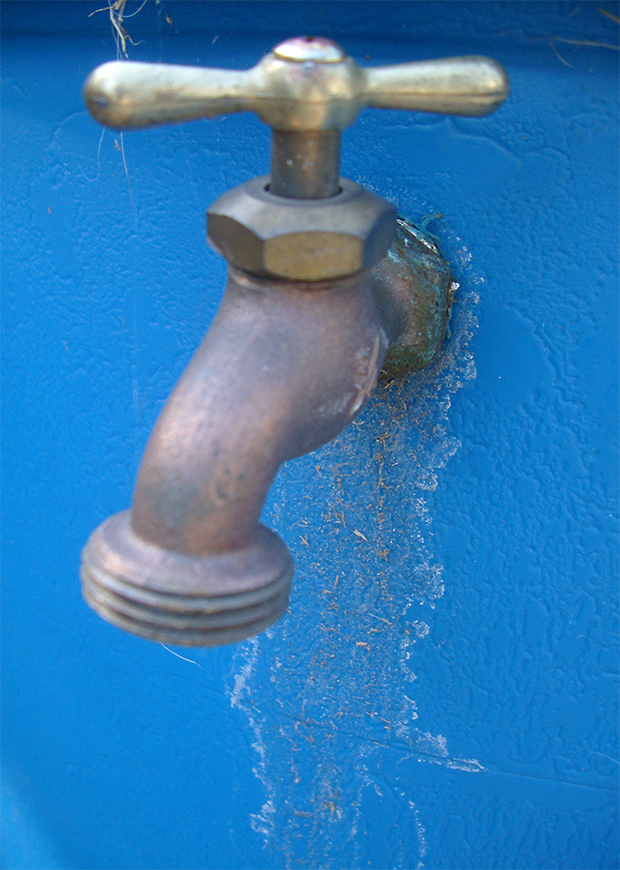In areas of heavy rainfall, it is always wise to keep an eye on the water levels in dams and rivers. In states like Queensland, for example, rivers can burst their banks very quickly during periods of relentless and heavy rainfall. This flooding can be both rapid and deadly, leaving behind a destructive wake of shattered homes and damaged infrastructure. Cleaning up after the effects of floodwater can be costly to those people affected, insurance companies, and Governments.
The Lingering Effects of Flooding
Though the damage from floodwaters as rivers and dams break is often very clear, most people don’t think of the effects of water damage in homes and buildings over time. When water enters a building it not only physically damages the contents of the building, but it also leaves behind a legacy of mould that can be expensive to remediate. This type of damage is often insidious and doesn’t appear immediately.
Mould can grow anywhere there is water damage and high humidity, making it more common in warm and high rainfall areas. It can grow unseen behind walls and in wall cavities, underneath leaky plumbing, and behind wallpaper and panelling.

Though there are many types of mould that are relatively harmless (including some that grow on foods), some moulds produce what are called mycotoxins: a toxic secondary metabolite with the potential to cause serious health problems in humans and animals.
Whether the mould is a result of flood damage or damaged plumbing, it can have some potentially serious health effects, including any or all of the following:
• Sinus and nasal congestion, including a runny nose,
• A chronic cough or sneezing,
• Asthma symptoms,
• Watery, red and itchy eyes, similar to hay fever symptoms,
• Skin and throat irritation,
• Regular headaches and migraines.
It is worth noting that many of these symptoms are also common to other illnesses, and may not by themselves be indicative of a mould problem. But if other favourable mould conditions are present, along with persistent health issues, and even a musty smell in certain areas of the house, your first step should be to have it checked out by an expert plumber who can quickly locate the source of the mould and take important steps to fix it.
The Right Plumber for the Job
If you are facing a mould problem from flood damage or leaky plumbing, it’s really important to have the situation assessed. The last thing you need is for your family to suffer the health problems that mould spores can produce. In cases like this a reputable plumber, like the JEDI Plumbing team, will do the following:
• Assess, clean and repair high volume water transport areas such as under sink piping and behind the wall piping systems,
• Check for water leakage and mould growth around high water collection and use areas like the bathroom and toilet,
• Inspect plumbing underneath sinks and in toilets and bathrooms.
After this thorough assessment, inspection, and rectification process, we recommend that the areas in question be monitored for further mould growth or new water damage. Being vigilant will quite possibly save you money in the long-run as you can nip any potential mould or water damage problem in the bud before it becomes too costly to fix quickly.
To learn more about what you can do to mitigate damage caused by suspected or present mould in your bathroom, we invite you to call us here at JEDI Plumbing on 0411 774 381. Our friendly team is on hand to discuss all your plumbing needs and can provide you with professional options to consider.

